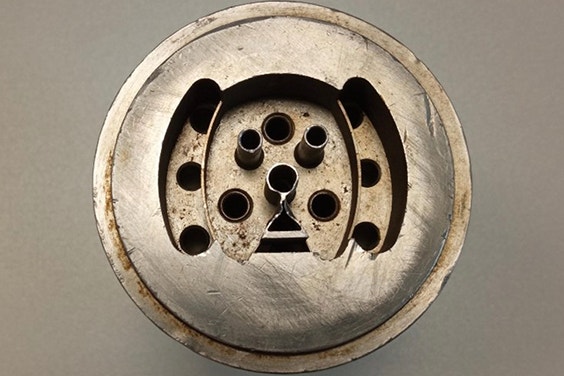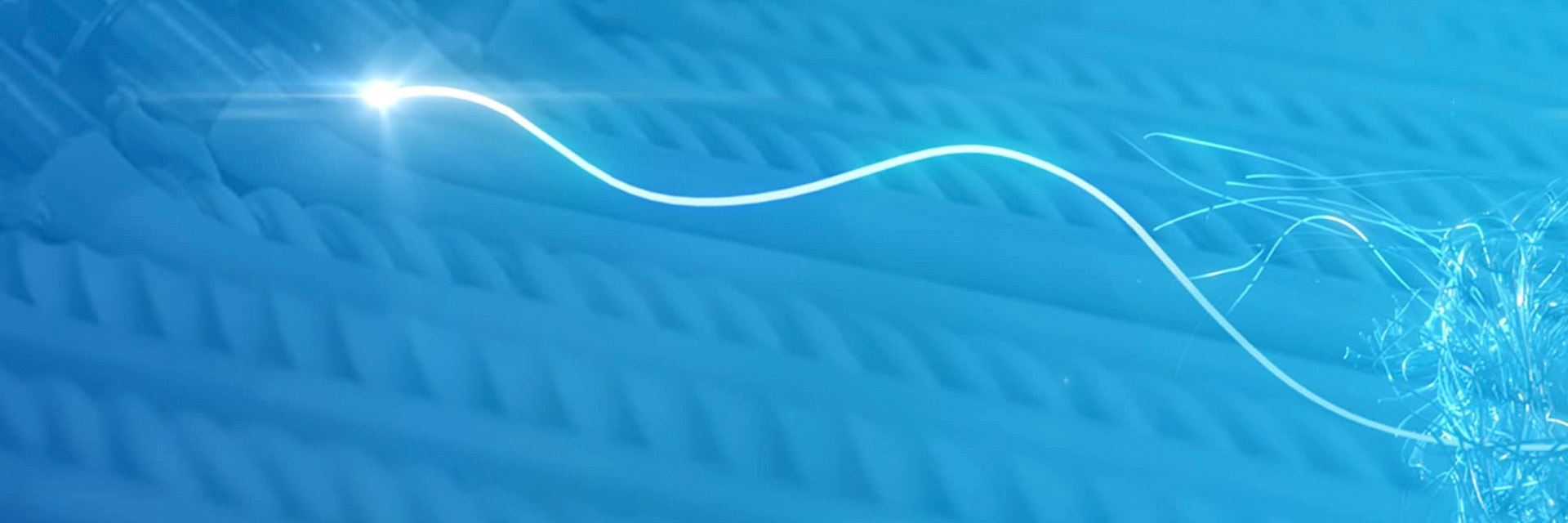EXPERT INSIGHT
AM Innovation from Within: Why a Transformation in Your Process Can Be More Powerful than Changing Your Product

Innovation comes in many forms. It can be a revolution, everyday ingenuity, or anything in between. Most people still think of 3D printing as a technology that mainly enables the revolutionary stuff. But in my experience, the fastest successes, the quickest paybacks, and the most cost-effective AM learning happen in process innovation, which is all about improving existing ways of doing things.
What is process innovation?
It’s reinventing manufacturing processes from within — by redesigning tools, combining work steps, and doing small things differently, to great effect.
Organizations that use AM to drive process innovation benefit from the technology’s advantages faster and subtly bake them into their products without fundamentally changing their end-products. That is, without making it a 3D-printed product.
There are three levels of innovation, and of these, the product and business model levels are most well known in the context of AM. The product is the most visible, and to succeed often needs fundamental changes to the business model. But there is a level in between that often gets overlooked: process innovation. Yet there is true value here for AM, and can yield faster return on investment.
By working on process innovation, you can unlock three broad goals in traditional manufacturing set-ups: making the process itself better, yielding better quality in existing products, and enabling new products that simply were not possible before.


1. Durability, flexibility, strength: process innovation
Agility combined with resilience is a powerful competitive advantage in your production process. Consumers may want more product diversity, or there could be a sudden shift in demand for a specific product type that a manufacturing business may want to respond to.
But complex, custom, and proven production lines are not agile by nature. Traditionally, changing course in a vast, interconnected manufacturing set-up is almost automatically costly.
AM changes that — both in terms of what’s possible and what’s economical. With AM, you can more easily adapt tools to switch between products or make on-the-fly tweaks to products while still manufacturing on the same line.
On top of that, sustainability goals and commercial benefits are converging today. Reducing waste and energy use isn’t just more sustainable; it also makes business sense. Stripping unsustainable materials and waste from a process can become a selling point to consumers.
So how can AM help with all that?
First, it can enable you to make changes quickly and reduce the cost and disruption of a changing playing field. If new regulations emerge, you can use AM to quickly adapt a production line — for example, to make the same thing out of a new material (say, paper pulp instead of plastics), or to make a new, more accurate type of filter that enables compliance with stricter standards (whether that’s for wastewater or filters installed on production equipment).
De-risking production continuously is also something that can be more easily achieved with AM. For example, you could use AM to design more flexible or more fitted grippers and brackets that can handle delicate products to avoid breakage; you can improve the accuracy of tools and fixtures to minimize scrap; you can evolve the design of production line tools that were prone to failure, thereby reducing tool waste as well as avoiding idling lines and equipment; and you can reduce tooling costs for small series to avoid overproduction, which is especially true for molding.
2. Indirect product benefits, via process innovation
Using AM for process innovation can go a long way to improving the product itself without changing it fundamentally. By enhancing the accuracy, performance, and consistency of production line tools over time, the quality of the end-product increases. It becomes a better product because it’s been made in a better way.


While this is not usually a driver for manufacturing organizations to start using AM on their line, it’s a powerful by-product of AM-driven process innovation.
Whether it’s preventing errors by making jigs and fixtures more precise or it’s making tools so easy to handle that workers on the line complete tasks with greater consistency, every little improvement helps make end-products better from within.
In the case of Volvo, Mindware was able to co-create a gluing jig that weighs 64% less and can be delivered in only two weeks at nearly half the price of the previous jig. The end-product, the car itself, is unchanged — but consider the implications for production efficiency. The plant at Volvo Car Gent produces around 57 cars per hour for customers around the world. Moments saved per car by using a lighter and more accurate gluing jig can have huge ripple effects.
3. Make the impossible possible: end-product innovation through process innovation
Finally, AM can also help create products that simply wouldn’t be feasible without it.
For example, 3D-printed inserts for existing molds can expand the range of product variations possible on the same line and set-up. It’s something we’ve worked on with a tire manufacturer who wanted to accommodate new wheel patterns. Turn-arounds on new inserts for new patterns suddenly become incredibly fast.


Traditionally manufactured production tools like this often require complex assembly and high production costs. Credit: Confiserie Van Damme
Another example is extrusion nozzles. Creating custom nozzles with AM to make new product shapes in small series on production lines made for large series could add customization options or ‘mini-seasonality’ in food production. Again, this is something I have seen used to great effect at a candy manufacturer, who was able to run custom candy shapes on their line thanks to AM. The result: incredible potential for end-product innovation, enabled by production agility.
The invisible hand that makes everything better
In summary, AM opens up new possibilities in process innovation, contributing to the inner values of your product and the sustainability and efficiency of your manufacturing operation. It enables you to make the right products at the right time, quickly. It can reduce waste and change the economics of agility.
But the most persuasive feature of AM-driven process innovation is that you can start changing the world right now. That’s what I call revolutionary.
Share on:
You might also like
Never miss a story like this. Get curated content delivered straight to your inbox.
